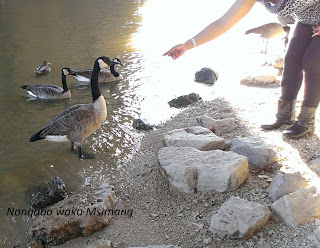Rain in Indian Cinema (Part 1)
Film
types go to the Cannes Film Festival for different agendas. Others attend because they have a chance of
sitting in one room with foreign film directors, and hear about how, when and
why made their films.
The
disadvantage of not living in countries where films are shot is that we miss
out on interviews with directors about production logistics. Sure, you can get it on line but nothing beats being there.
That
is where platforms such as the Berlin Film Festival, Toronto International Film
Festival, Montreal and many others come in handy, because that is where foreigners
like me hear directors and producers speak.
I’m
interested in what goes on in pre-production.
Do Indian directors have weather men and women? I don’t mean those on television who say it
will partly cloudy in Goa, and sunny in Agra but people in the crew who must
find out when it will be raining so that the director can get the shot he
wants.
I
always wonder about how Indian directors shoot nature, the rain in
particular. Some of it is done in the
studio, but I’ve seen some real rain in the few movies I’ve seen.
In
Monsoon Wedding, Mira Nair gave us various scenes to show us what happens in Delhi
during a monsoon, but what made me wonder even more is the last scene, where
everyone is dancing and frolicking in the rain.
Much
as I enjoyed the film, with more than 60 speaking parts, I could not find the
answer to my question, where are the cameras and lights in such a situation?
My
interest in how Directors of Photography set up a scene sometimes gets in the
way. Instead of wondering about Aditi (Vasundhara
Das) being caught with Vikram, her married lover at night just a few days of
her wedding in the film Monsoon wedding, I was thinking about the rain beating
the car while they smooched fervently.
How did Mira Nair set up such a scene?
As
a thoroughly British-educated person, I know everything about England but very
little about the former British Empire which includes India, a huge land mass colonised
by a country as big as a single pearl.
History teachers didn’t teach me much about India, except its rivers,
the population figures and the monsoon.
Now
that I’m doing my own education, I find weather conditions in books such as
Shoba Narayan’s Monsoon Diary, Kamala Markandaya’s Nectar in a Sieve and Vikram
Seth’s A Suitable Boy fascinating.



Comments